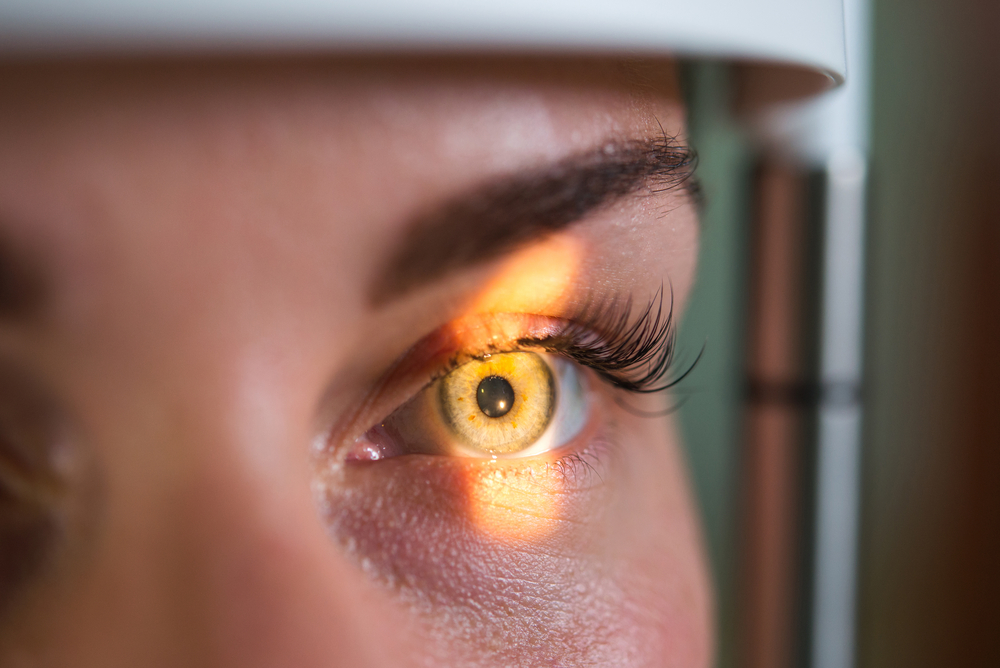Researchers from University College London and Moorfields Eye Hospital have developed an AI model that can detect a patient’s risk of a variety of diseases by analyzing an image of their retina.
It’s not the first time that AI has been used to analyze retinal scans, but the approach the researchers took with their RETFound model will accelerate developments in this area of medicine.
Standard machine learning models are usually trained on a large set of curated data. If you wanted your model to be able to identify the retina of a person at risk of a specific disease, you’d need to train it on a huge amount of representative images.
Preparing medical imaging data for machine learning is very expensive and takes a long time. Unlike the basic kind of data labeling outsourced to low-cost countries, medical images need to be analyzed and labeled by a specialist physician.
The researchers that created RETFound, took a different approach and trained their model by means of self-supervised learning (SSL).
Instead of using curated and labeled images, they trained the model on 1.6 million unlabeled retinal images.
A foundation model for generalizable disease detection from retinal images – Nature https://t.co/M2g0L4MMl4
— nature (@Nature) September 13, 2023
Pearse Keane, an ophthalmologist who was part of the project, explained that “Over the course of millions of images, the model somehow learns what a retina looks like and what all the features of a retina are.”
Once the model had a good baseline of what a normal retina looks like it could be fine-tuned with additional training.
The researchers then only needed to train the model on an additional 100 images of retinas from people that had a specific disease, and 100 images of retinas from people that didn’t.
The results were impressive with RETFound able to detect ocular diseases like diabetic retinopathy with an extremely high degree of certainty.
The ability of the model to predict diseases like Parkinson’s, ischemic stroke, myocardial infarction, and heart failure was limited but still better than other models.
The model has been made publicly available and will save other researchers a lot of time in developing models trained to detect specific diseases.
The research paper noted that using RETFound as a foundational model “can potentially save about 80% of the training time required to achieve convergence for the task of predicting myocardial infarction.”
Applying AI to retinal scans is an exciting area of research. Your retina is a window into your health. It’s the only part of the human body where the capillary network is visible.
“If you have some systemic cardiovascular disease, like hypertension, which is affecting potentially every blood vessel in your body, we can directly visualize [that] in retinal images,” Keane said.
Imagine the impact a properly trained model like RETFound could have in the early diagnosis of diseases in poor countries that lack sufficient doctors.
You could have hundreds of people undergo a retinal scan performed by a nurse and then have the AI process the images on a cloud platform like AWS. At-risk patients could be identified and then examined by a doctor, rather than trying to examine all of the visitors to a rural clinic.
Even in its current early developmental state, this kind of AI could save lives today, not just in the distant future.





